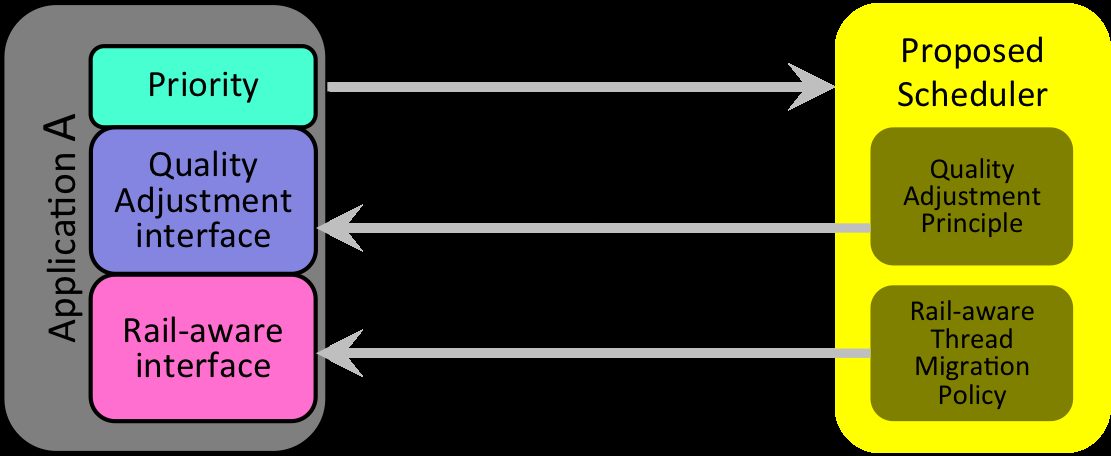Multi-user Centric Resource Scheduling for a Large Scale Display Wall Environment
August 5th, 2011
Categories: MS / PhD Thesis, Software, User Groups, Visualization

About
EVL PhD candidate Sungwon Nam presents his preliminary examination for doctoral dissertation: Friday, August 5, 2011, 11AM, EVL Cyber-Commons (2068 ERF)
Abstract
A multi-user centric resource scheduler for a large scale display wall environment is proposed. Large scale display walls are used mainly in scientific disciplines. Large display wall environment enables visualization of very large data, providing a crucial means for scientists to see their data. It increases productivity in collaborative working space by allowing users to juxtapose and organize multiple visualizations and access them simultaneously. These large display walls are built by tiling multiple physical displays together, often called tiled display wall. Historically, running a tiled display wall requires computer clustering technology; multiple individual computers are interconnected together providing higher computing capability. With clustering, computational overhead of processing large data can be distributed over multiple computers, and the graphics hardware in an individual computer in a cluster can be concatenated in order to provide a single large display surface over a tiled display wall. With the advent of recent multi-socket, multi-core processor architecture and graphics hardware, a single computer can now drive over a dozen displays. Clustering technology is no longer required in this size of tiled display wall. Driving a tiled display wall with a single computer greatly reduces the cost of ownership and maintenance of a tiled display wall system. This allows benefits of a tiled display wall environment to reach a wider range of users with less cost. However, driving a tiled display wall with a single computer creates challenges in system resource management because the multi-user collaborative working environment, provided by the tiled display wall, allows multiple users to interact simultaneously with multiple applications. Increased overhead incurred by a tiled display wall environment is concentrated in a single computer. Thus effective and efficient system resource utilization is crucial in a large display wall driven by a single computer. Traditional resource scheduling in modern operation systems focused on fair sharing of resources and system-wide job completion throughput can fail to provide perceptual performance expected by users when the system is overloaded. Also, hierarchical memory architecture in modern multi-core processors is not efficiently utilized by operating systems. The proposed research provides a new way of system resource scheduling for a single computer driven large display wall environment.